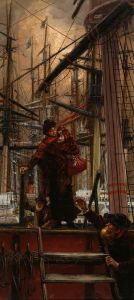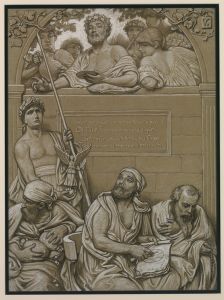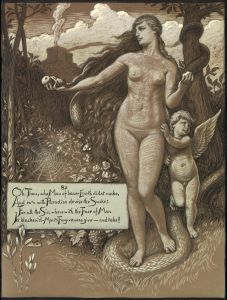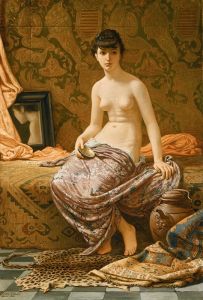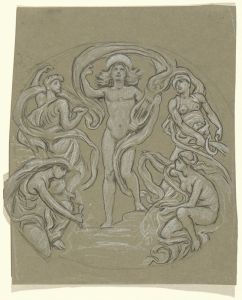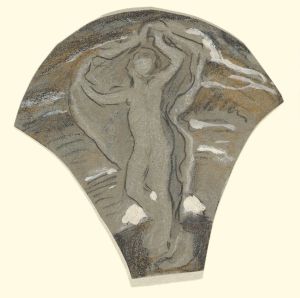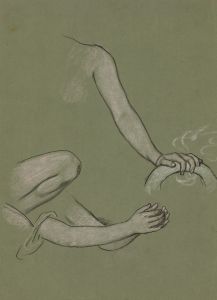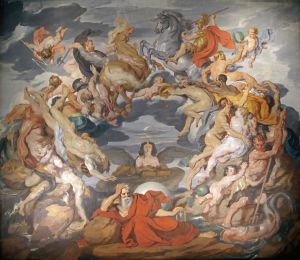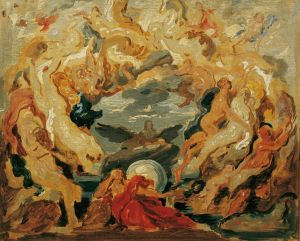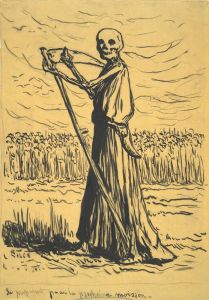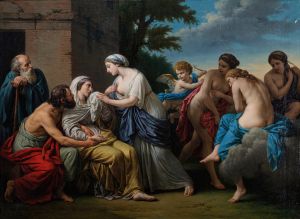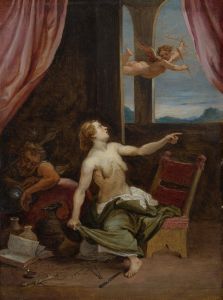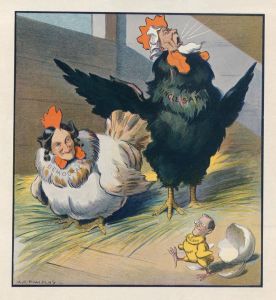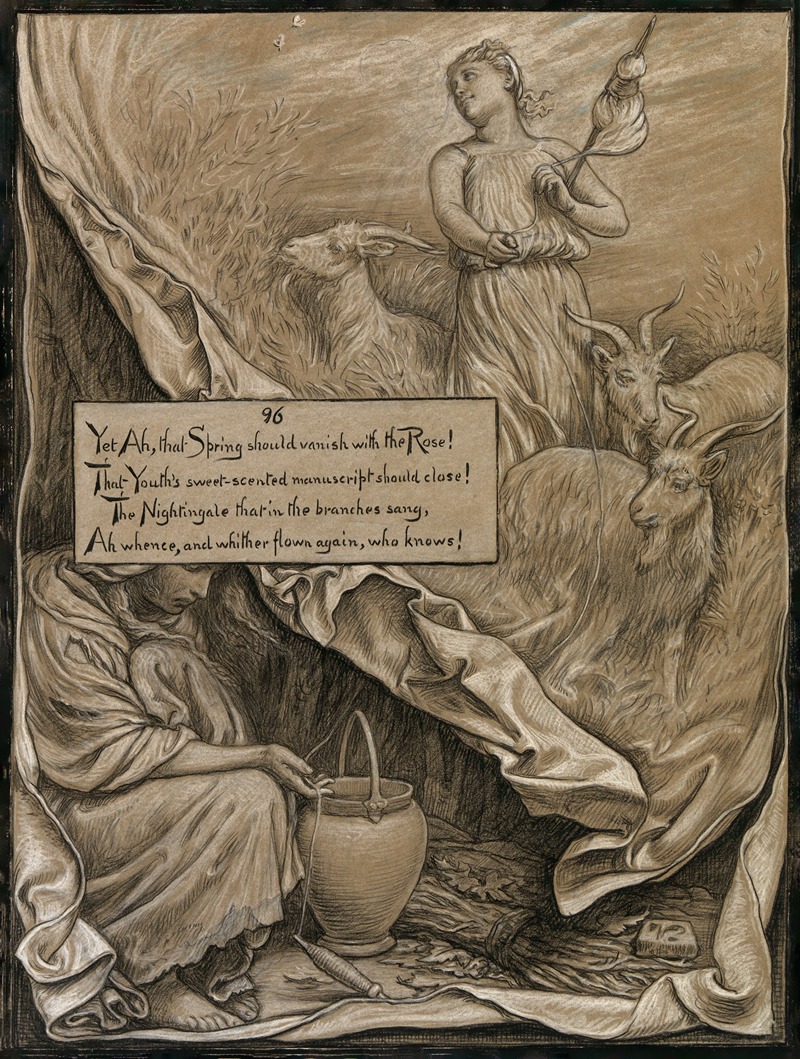
Youth and Age
A hand-painted replica of Elihu Vedder’s masterpiece Youth and Age, meticulously crafted by professional artists to capture the true essence of the original. Each piece is created with museum-quality canvas and rare mineral pigments, carefully painted by experienced artists with delicate brushstrokes and rich, layered colors to perfectly recreate the texture of the original artwork. Unlike machine-printed reproductions, this hand-painted version brings the painting to life, infused with the artist’s emotions and skill in every stroke. Whether for personal collection or home decoration, it instantly elevates the artistic atmosphere of any space.
Elihu Vedder's "Youth and Age" is a notable painting created by the American artist Elihu Vedder, who was born on February 26, 1836, and died on January 29, 1923. Vedder was a prominent figure in the American Symbolist movement and is best known for his allegorical works and illustrations, particularly those for Edward FitzGerald's translation of "The Rubaiyat of Omar Khayyam."
"Youth and Age" is an allegorical painting that explores the contrasting themes of youth and old age, a common subject in Vedder's oeuvre. The painting is characterized by its symbolic representation of the different stages of life, often depicted through the use of contrasting figures or elements within the composition. Vedder's work frequently delves into themes of mortality, the passage of time, and the human condition, and "Youth and Age" is no exception.
In "Youth and Age," Vedder employs his signature style, which often includes a blend of realism and symbolism. The painting typically features two central figures representing the stages of youth and old age. The youthful figure is usually depicted with vitality and energy, often shown in a dynamic pose or with elements that symbolize growth and potential. In contrast, the figure representing old age is portrayed with a sense of wisdom and experience, often shown in a more static or contemplative pose, sometimes accompanied by symbols of decline or the passage of time.
Vedder's use of color, light, and composition in "Youth and Age" serves to enhance the thematic contrast between the two figures. The youthful figure might be bathed in brighter, more vibrant colors, symbolizing life and energy, while the older figure might be rendered in more subdued tones, reflecting the inevitable decline that comes with age. The background and surrounding elements in the painting often contribute to the overall allegorical message, with natural elements like trees, flowers, or the setting sun providing additional layers of meaning.
Elihu Vedder's work, including "Youth and Age," is influenced by his extensive travels and studies in Europe, particularly in Italy, where he spent a significant portion of his career. His exposure to classical art and Renaissance masters is evident in his meticulous attention to detail and his ability to convey complex themes through allegory and symbolism.
"Youth and Age" is part of Vedder's broader body of work that continues to be studied and appreciated for its depth, technical skill, and philosophical insights. The painting is a testament to Vedder's ability to capture the essence of human experience and the universal themes that resonate across different cultures and time periods.
Elihu Vedder's contributions to American art, particularly through works like "Youth and Age," have cemented his legacy as a key figure in the Symbolist movement. His paintings remain significant for their exploration of profound themes and their ability to evoke contemplation and introspection in viewers.





